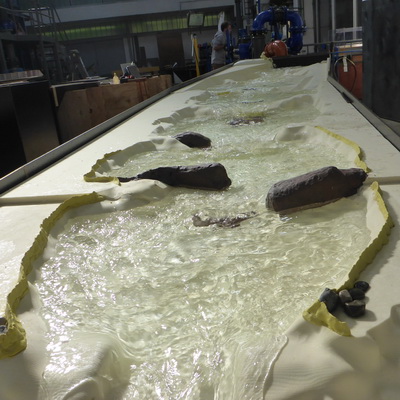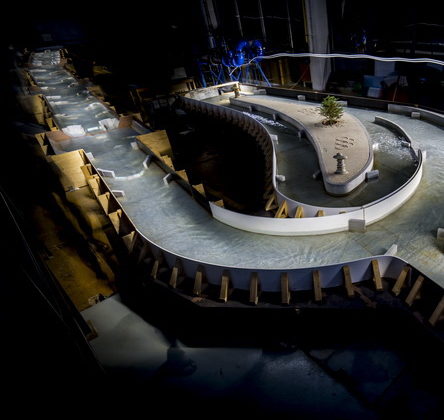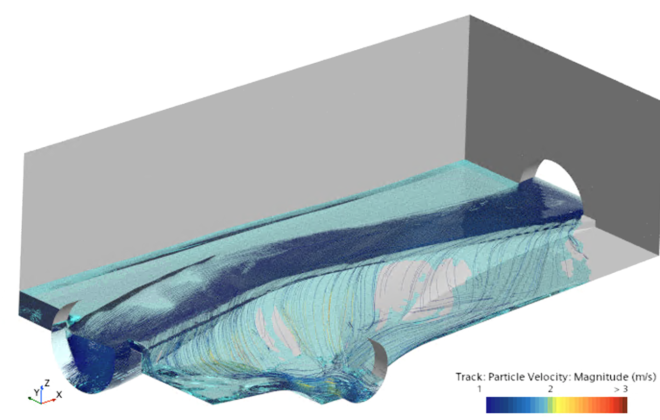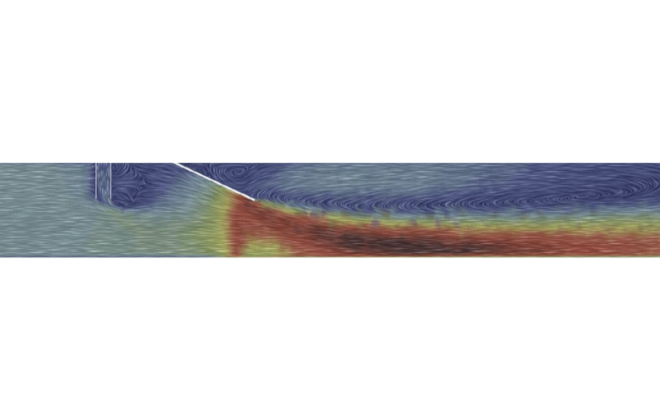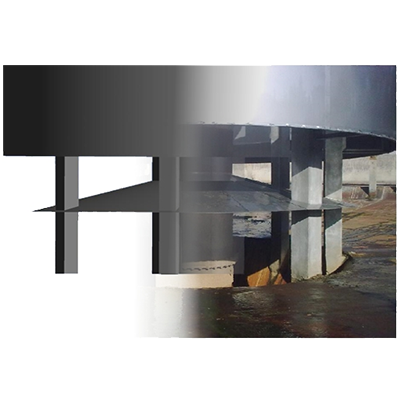Design of the reconstruction of the slalom channel in Ivrea
The goal of the project was to design the reconstruction of the slalom channel in Ivrea, improving both the functionality for competitive water slalom events and the overall environmental integration of the area. The project involved a thorough analysis of the existing infrastructure, water flow conditions, and potential modifications to enhance the performance of the channel for world-class athletes.
In the first step, the team conducted a comprehensive site survey using drones to capture the current condition of the channel. Photogrammetry technology was employed to create an accurate 3D model of the area. This model was then imported into CAD software to allow for modifications to the channel geometry, including adjustments to the slalom gates, water flow control structures, and bank modifications.
For a detailed analysis, CFD simulations were used to study the water flow dynamics and ensure optimal conditions for both training and competition. Several iterations of the design were tested to refine the shape and positioning of obstacles, eddies, and features within the watercourse to ensure consistent, fair, and challenging conditions for slalom athletes.
The final design was presented as both a digital model and physical 3D print for review and feedback from stakeholders. This process was part of an ongoing commitment to integrate cutting-edge technology, such as the “digital twin” approach, allowing for continuous modifications and improvements throughout the design process.
Collaborating with experts in water sports infrastructure and environmental integration, the project ensured that the reconstructed channel not only met the highest standards of performance but also contributed to the aesthetic and environmental value of the Ivrea region.


